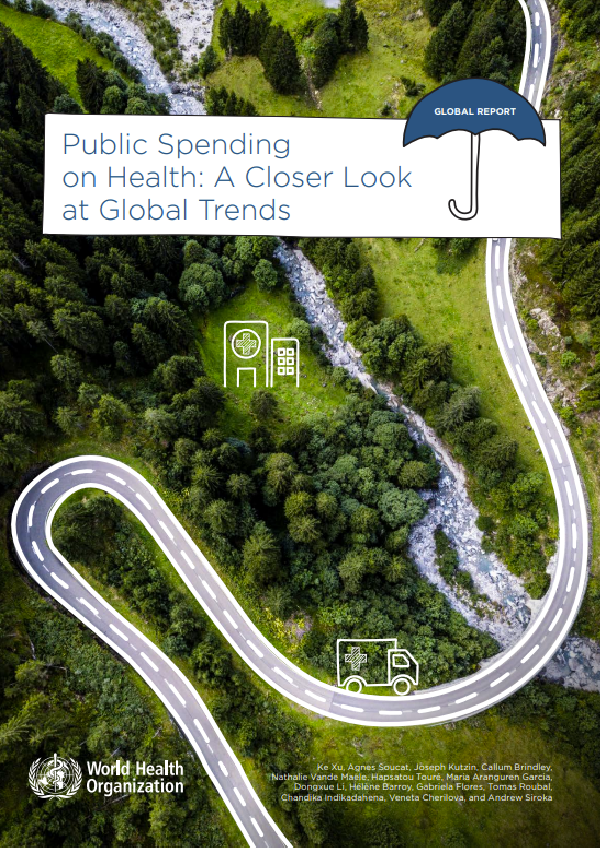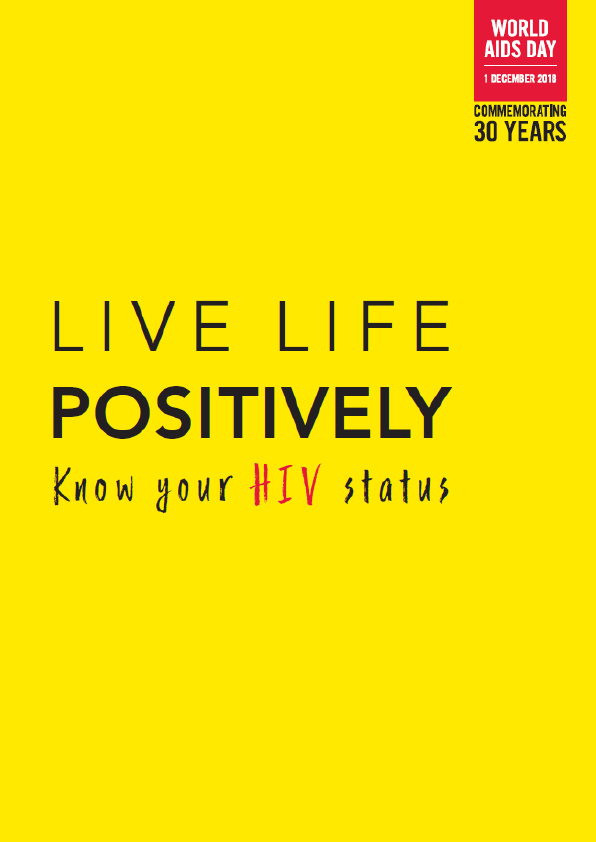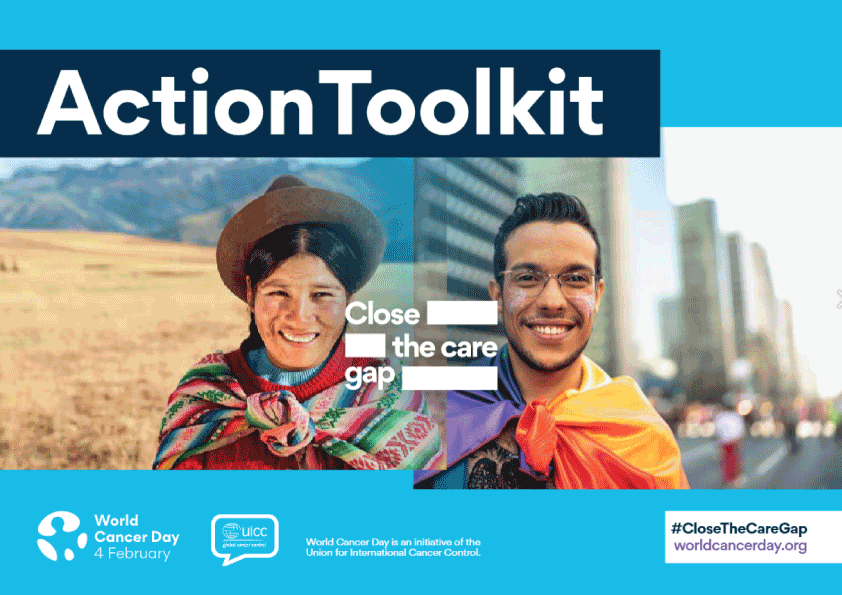The 2018 global health financing report presents health spending data for all WHO Member States between 2000 and 2016 based on the SHA 2011 methodology. It shows a transformation trajectory for the global spending on health, with increasing domestic public funding and declining external financing. This report also presents, for the first time, spending on primary health care and specific diseases and looks closely at the relationship between spending and service coverage. The World Health Organization (WHO) is a specialized agency of the United Nations responsible for international public health. The WHO Constitution states its main objective as “the attainment by all peoples of the highest possible level of health”. Headquartered in Geneva, Switzerland, it has six regional offices and 150 field offices worldwide.
The report’s key messages include:
- Global trends in health spending confirm the transformation of the world’s funding of health services.
- Domestic spending on health is central to universal health coverage, but there is no clear trend of increased government priority for health.
- Primary health care is a priority for expenditure tracking.
- Allocations across disease and interventions differ between external and government sources and
- The performance of government spending on health can improve.
Three years after the international community adopted the Sustainable Development Goals at the 2015 UN General Assembly, the global health landscape has been transformed. In the journey towards realizing the ambitious goal of universal health coverage, more countries are expanding benefits, creating institutional arrangements, and allocating public funds to expand health services coverage. Countries from all regions and at all levels of income are implementing health financing reforms to expand coverage. The health sector has become one of the main sectors of the global economy, linked to economic growth, demographic change, and technological change. The demand for health sector jobs is expanding rapidly, and labor shortages are evident almost everywhere as the supply of health skills trails demand. Now more than ever, this calls for strengthening public policy instruments to shape the expansion of the sector and achieve the goals of universality and equity in health. As more money is devoted to health, the question becomes one of better health for the money. Achieving this requires a clearer understanding of spending patterns in relation to the goal of universal health coverage.
This report, which builds on the WHO report New Perspectives on Global Health Spending for Universal Health Coverage, analyses the latest data for 2016 and identifies issues of global relevance. Global spending on health is on a transformation trajectory, with increasing domestic public funding and declining external financing. This report also presents, for the first time, spending on primary health care and specific diseases and looks closely at the relationship between spending and service coverage.
Confirmation of broad patterns and trends in global health spending
In 2016, the world spent US$ 7.5 trillion on health, representing close to 10% of global GDP. The average per capita health expenditure was US$ 1,000, but half of the world’s countries spent less than US$ 350 per person. The patterns and trends identified in last year’s report are confirmed by the 2016 data published in WHO’s Global Health Expenditure Database. As described in section 1, health spending is growing faster than the overall economy globally as well as in most countries, particularly in low and middle income countries. Despite the growth in low income countries, the gap across country income groups remains wide. The share of spending from prepaid sources is also growing, with a concomitant smaller share coming from direct out-of-pocket payments made at the point of use—both welcome trends.
At the aggregate level, external aid is a small share (less than 1%) of global health spending, and it has declined as a percentage of health spending in middle income countries. However, its share of health spending in low income countries is increasing. As in last year’s report, the data suggest fungibility between external aid and public spending on health from domestic sources, particularly in low income countries, where aid was considerable. While aid per capita for health more than doubled across low income countries over 2000–2016, from US$4 to US$10, public spending on health increased only slightly (by about US$3 per capita), and the share of health in overall domestic public spending declined.
As noted in section 2, public spending on health has been growing globally, both in level and as a share of the total health spending. This trend has been driven mainly by growth in real per capita GDP and an increase in overall public spending as a share of that increasing GDP. The prioritization of health in overall domestic public spending was less responsible for these changes, and growth patterns differed across income groups. In low income countries, this share was lower in 2016 (6.8% on average) than it was in 2000 (7.9%), with aid fungibility as a potential cause.
This decline in low income countries was an important contributor to the slower growth, on average, in their public spending on health relative to spending in other country income groups. There was a slight increase (about 1%) in domestic health prioritization in lower-middle income countries, a larger increase in upper-middle income countries (about 2%) and the largest increase in high income countries (3.3%). On average, public spending on health increased in high income countries immediately after the economic crisis of 2008– 2009 faster than overall public spending and certainly faster than GDP, suggesting that countercyclical spending policies were in effect. Of course, for this finding and the other points made above, the averages mask considerable cross-country variation.











